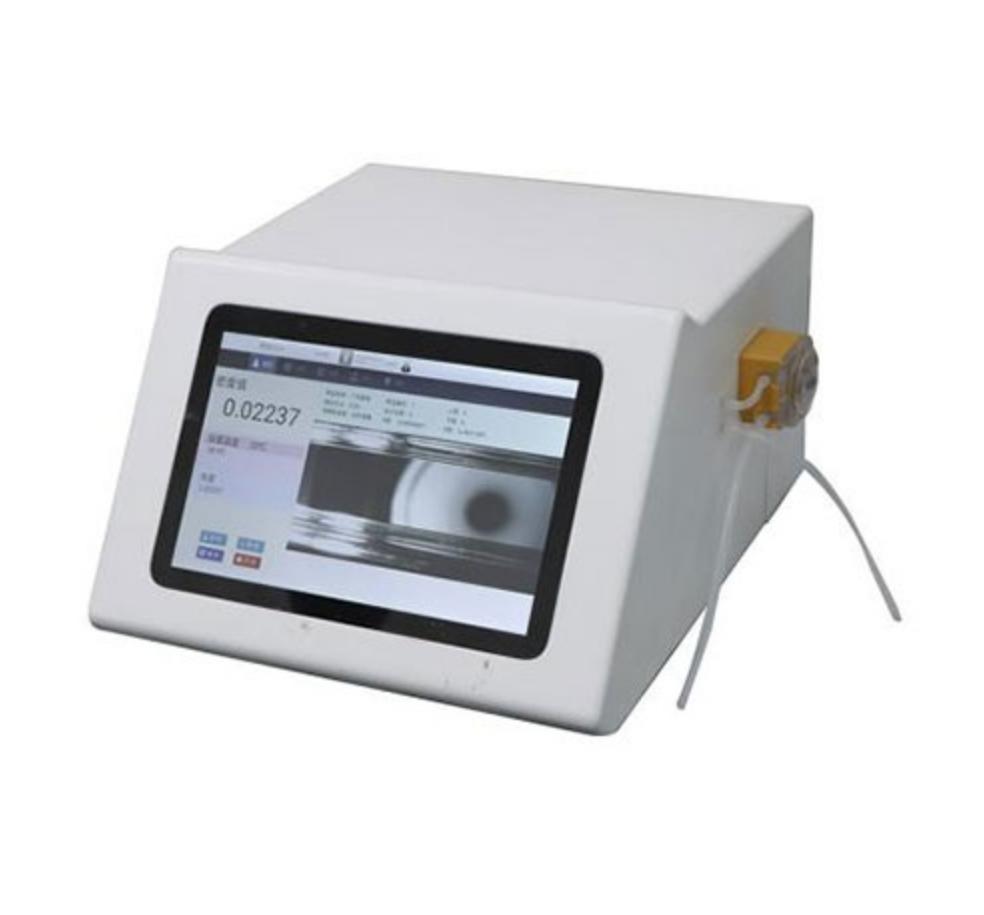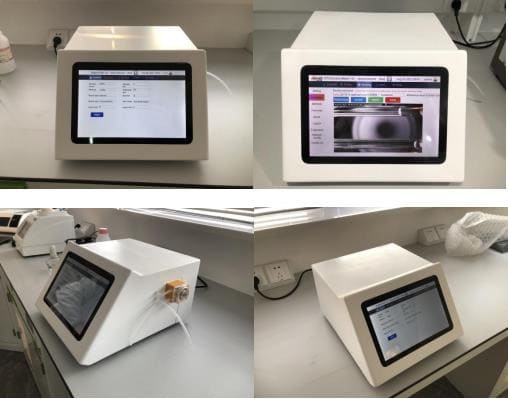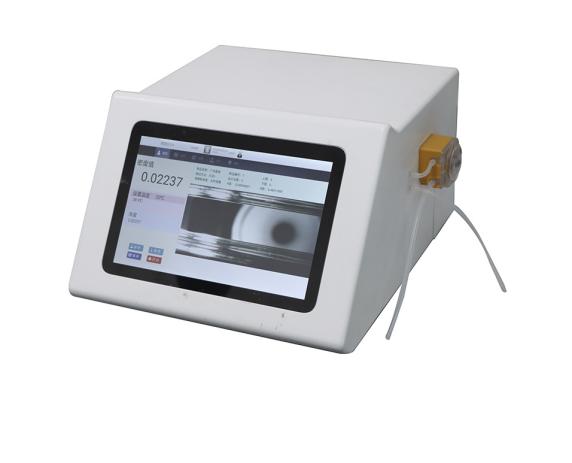The dairy industry is a vital component of the global food supply chain, providing essential products like milk, cheese, yogurt, and butter to consumers worldwide. Central to the production of these dairy goods is the precise control of milk properties throughout various processing stages. Density meters play a crucial role in ensuring the quality, consistency, and efficiency of dairy production processes. This article delves into the significance of density meters in dairy production, exploring their role from milk processing to the final product.

What is Milk Density?
Milk density refers to the mass per unit volume of milk. In simpler terms, it’s how much “stuff” is packed into a specific amount of milk. Several factors can influence milk density, including:
- Fat content: Milk with higher fat content will be denser.
- Non-fat solids: Lactose, proteins, and minerals contribute to milk’s solids content, and variations in these solids can affect density.
- Temperature: As milk temperature increases, its density decreases slightly.
- Presence of air bubbles: Air reduces milk’s density.
Role of Density Meters in Milk Processing
Milk processing typically involves several stages, including receiving, pasteurization, homogenization, separation, standardization, and packaging. Density meters are valuable tools at each stage. Here are the specific uses:
- Receiving: When milk is received from the dairy farm, it’s important to verify its quality and composition. Density meters can be used to measure the density of the milk, which provides information about its fat content. This helps in assessing the quality and composition of the incoming milk.
- Pasteurization: Pasteurization involves heating the milk to kill harmful bacteria while preserving its flavor and nutritional value. Density meters may not be directly used in this stage, but they can be employed indirectly to monitor the concentration of components in the milk, ensuring that it meets regulatory standards during pasteurization.
- Homogenization: Homogenization is the process of reducing the size of fat globules in milk to create a uniform texture. Density meters can be used to measure the density of milk before and after homogenization to ensure that the process has been carried out effectively.
- Separation: In this stage, milk is separated into cream and skim milk using centrifugal force. Density meters can be utilized to measure the density of the separated components, ensuring proper separation and consistency.
- Standardization: Standardization involves adjusting the fat content of milk to meet specific requirements. Density meters can be used to measure the density of milk with different fat content and to monitor the standardization process to achieve the desired fat content.
- Packaging: Before packaging, it’s crucial to ensure that the milk meets certain quality standards. Density meters can be used to check the density of the milk to verify its composition and quality before it’s packaged.
Throughout these stages, density meters help ensure the quality, consistency, and compliance of milk products with regulatory standards. They provide valuable data for process control, quality assurance, and product development in the dairy industry.

Benefits of Density Meter Applied in Milk Products
Density meters offer several benefits when applied in milk products processing:
- Quality Control: Density meters provide accurate measurements of the density of milk and its components, such as fat content, protein content, and total solids. This enables dairy producers to maintain consistent product quality and meet regulatory standards.
- Process Optimization: By monitoring density at various stages of milk processing, producers can optimize their processes for efficiency and consistency. This includes adjusting parameters such as homogenization pressure, separation time, and standardization levels to achieve desired product characteristics.
- Cost Reduction: Density meters help minimize product waste by ensuring that milk components are efficiently utilized and processed according to specifications. This can lead to cost savings in terms of raw materials, energy, and production time.
- Product Development: Density measurements provide valuable data for product development and formulation. By understanding the density of different milk components, producers can create new products with specific attributes and functionalities to meet consumer preferences and market demands.
- Quality Assurance: Density meters enable real-time monitoring of milk quality throughout the production process. This helps identify and address any deviations from quality standards, ensuring that only high-quality products reach the market.
- Compliance with Regulations: Density measurements help ensure that milk products comply with regulatory requirements regarding composition, labeling, and safety. By accurately determining parameters such as fat content and total solids, producers can avoid penalties and legal issues associated with non-compliance.
- Traceability: Density meter data can be integrated into quality management systems to establish traceability throughout the production chain. This allows producers to track and trace the origin of milk batches, monitor process deviations, and implement corrective actions as needed.
Overall, the application of density meters in milk products processing enhances quality control, process efficiency, and product innovation while ensuring compliance with regulatory standards and customer expectations.

Conclusion
In conclusion, density meters play a crucial role in dairy production by providing accurate measurements of milk density throughout processing. From assessing raw milk quality to ensuring consistency in the final products, density meters contribute to the efficiency, quality, and safety of dairy products. As technology continues to advance, the integration of advanced density measurement techniques promises further improvements in dairy processing, ultimately benefiting both producers and consumers alike.

